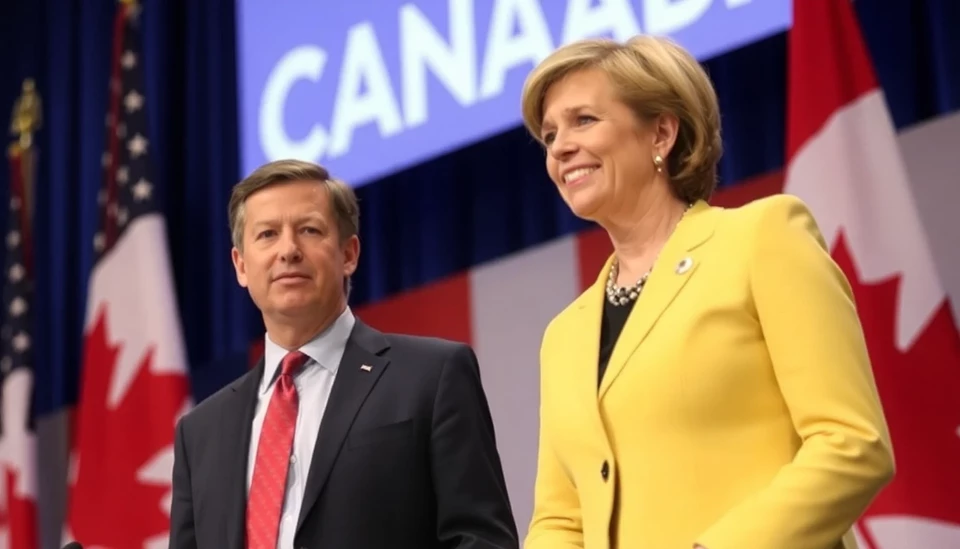
In a strategic meeting that signals a pivotal shift in trade dynamics, Canadian Prime Minister Justin Trudeau and a consortium of CEOs are collaborating to construct an export strategy aimed at diversifying Canada’s international trade portfolio beyond its traditional reliance on the United States. This initiative emerges in response to shifting global economic landscapes and the necessity for resilience in trade amidst various geopolitical challenges.
The discussion revolves around innovative approaches to tapping into global markets, particularly in regions that have shown potential for Canadian goods and services. With rising tensions in global trade and unpredictable U.S. policies, this effort underscores the urgency for Canada to identify alternative trade partners and enhance its economic independence.
Leading this initiative is a panel of influential figures from the Canadian business landscape, representing various industries such as technology, energy, and natural resources. Together, they aim to craft a robust strategy that not only focuses on increasing exports but also fortifies existing international relationships while exploring new ones.
Trudeau emphasized the importance of collaboration between the government and the private sector in this endeavor. He advocates for a coordinated approach that aligns governmental policies with the business community's needs, thereby fostering a more competitive export environment. The Canadian government, meanwhile, is keen on supporting sectors that may benefit from increased global demand, showcasing their products and services on international platforms.
This pivot is particularly significant as Canada grapples with the fluctuating trade policies of its southern neighbor. Past experiences have illustrated the vulnerabilities tied to heavy dependence on the U.S., prompting the need for a strategic reassessment of Canada’s trade relationships. By looking toward markets in Asia, Europe, and other emerging regions, Canadian stakeholders hope to mitigate risks and unlock new growth opportunities.
Aside from new market engagements, the discussion also encompasses technological innovation, sustainable practices, and investment in infrastructure that could transform Canada into a formidable player on the global stage. Key themes include enhancing logistics and supply chain capabilities that facilitate smoother and more efficient exports.
The approach to fostering an export-friendly environment includes addressing regulatory barriers and providing incentives for businesses willing to venture into global markets. Experts believe that easing trade restrictions and enhancing trade agreement participation will be crucial components for success in this updated export strategy.
As Canada sets its sights beyond its traditional trading partner, the outcomes of this initiative could redefine the country’s economic landscape, fostering resilience in the face of uncertainty and instability in global trade. The collaborative efforts of the government and business sectors aim to not only secure but expand Canada’s position in the international market while nurturing the economy at home.
In conclusion, as discussions continue, all eyes will be on the progress of this ambitious export strategy, garnering attention from both domestic stakeholders and international trade observers interested in the future of Canada’s economy.
#Canada #ExportStrategy #JustinTrudeau #GlobalTrade #EconomicIndependence #TradeWar #InternationalRelations #BusinessInnovation
Author: Laura Mitchell




